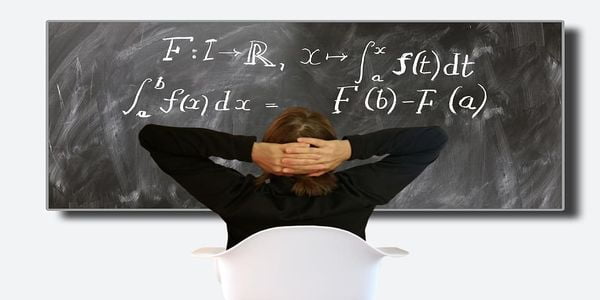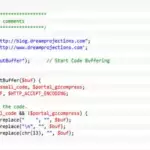Differentiation Formula: Calculus is a branch of mathematics that deals with the study of change and motion. One of the fundamental concepts in calculus is differentiation, which allows us to analyze and understand how functions behave at different points.
What is Differentiation?
Differentiation is the process of finding the rate at which a function changes at a particular point. It enables us to calculate the slope or the rate of change of a function at any given point. By finding the derivative of a function, we can determine its instantaneous rate of change and analyze its behavior.
Differentiation Formulas:
- Product Rule: The product rule allows us to find the derivative of a product of two functions.
- Quotient Rule: If we have two functions f(x) and g(x), then the derivative of their quotient is given by (f(x)/g(x))' = (f'(x)g(x) – f(x)g'(x))/[g(x)]^2.
- Trigonometric Functions: Each trigonometric function has its differentiation formula. For example, the derivative of sin(x) is cos(x), the derivative of cos(x) is -sin(x), and so on.
Applications of Differentiation:
Differentiation has numerous applications in various fields, including physics, engineering, economics, and biology. Here are some common applications:
- Optimization: Differentiation helps us find the maximum or minimum values of a function, which is useful in optimizing processes or finding the most efficient solutions.
- Rate of Change: Differentiation allows us to calculate the rate at which a quantity is changing over time, which is crucial in physics and engineering.
- Curve Sketching: By analyzing the derivative of a function, we can determine the shape of its graph and identify its critical points, inflection points, and intervals of increasing or decreasing behavior.
- Growth and Decay: Differentiation helps us understand the growth or decay of quantities, such as population growth, radioactive decay, or the spread of diseases.
Tips and Tricks for Differentiation:
Mastering differentiation requires practice and understanding of the underlying concepts. Here are some tips and tricks to help you excel in differentiation:
- Familiarize yourself with the basic formulas and rules, such as the power rule, product rule, and chain rule.
- Practice differentiating various functions to enhance your skills and gain intuition about the process.
- Understand the geometric interpretation of derivatives, such as the slope of a tangent line or the concavity of a curve.
- Use graphing calculators or software to visualize and verify your results.
- Explore real-life applications of differentiation to develop a deeper understanding of its significance.
Conclusion:
Differentiation is a powerful tool in calculus that allows us to analyze the behavior of functions and understand how they change. So, keep exploring, calculating, and differentiating to unlock the endless possibilities that calculus offers!
Faqs
The differentiation formula is a mathematical equation that helps us find the derivative of a function. It provides a systematic way to calculate how the function changes at any given point.
The key rules used in the differentiation formula include the power rule, product rule, quotient rule, and chain rule. These rules provide a framework for differentiating various types of functions.
Yes, the differentiation formula can be extended to multivariable functions using the concept of partial derivatives. This allows us to analyze functions with multiple independent variables.
Differentiation and integration are inverse operations of each other. While differentiation calculates the rate of change of a function, integration finds the area under a curve.
The differentiation formula is not limited to continuous functions. What is the differentiation formula?
What are the key rules used in the differentiation formula?
Can the differentiation formula be extended to multivariable functions?
What is the relationship between differentiation and integration?
Is the differentiation formula limited to continuous functions?
To learn more about Education Information






Good differentiation formula information!
Thanks!